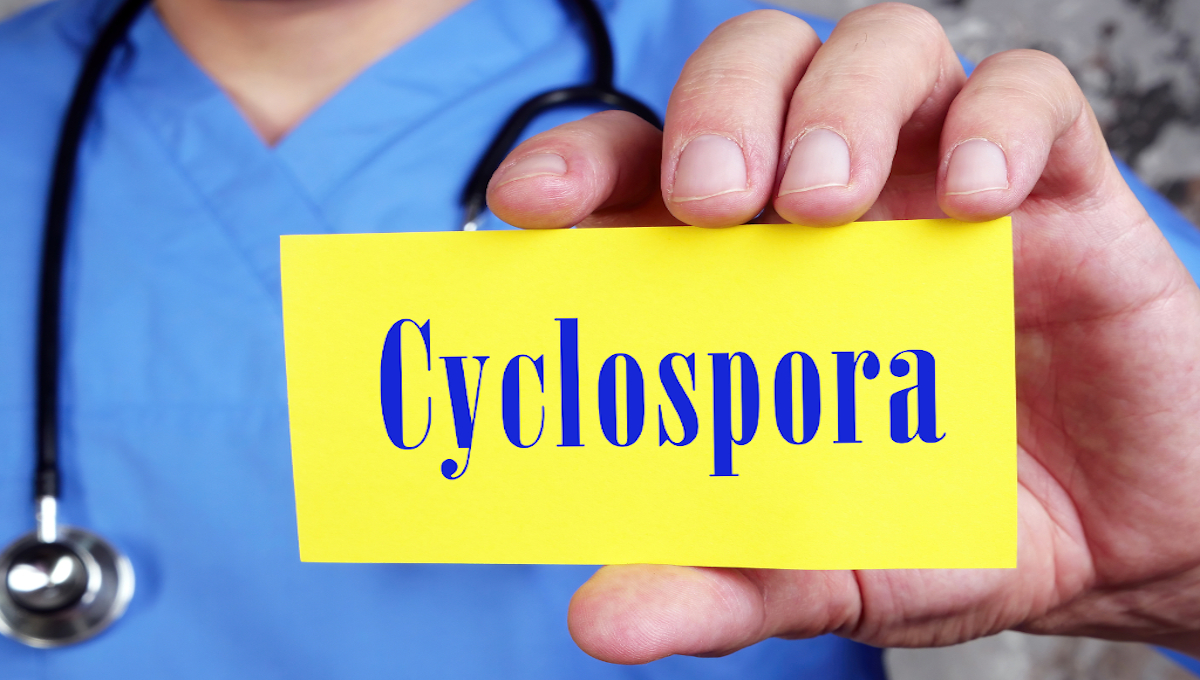The U.S. Food and Drug Administration has released new updates detailing the agency’s Cyclospora prevention and research efforts.
In 2021, the FDA released its “Cyclospora Prevention, Response and Research Action Plan.” The action plan was developed by the agency’s Cyclospora Task Force and details the FDA’s strategy for reducing the public health burden of foodborne cyclosporiasis in the United States. It also defines the agency’s priorities for Cyclospora food safety research and supports ongoing efforts to combat foodborne illness.
According to the FDA, since releasing the Cyclospora action plan, they have:
- Collaborated with the National Advisory Committee on Microbiological Criteria for Foods to develop a charge document to help the FDA guide prioritization of Cyclospora research and propose novel food safety research projects in collaboration with stakeholders.
- Implemented a genotyping approach for Cyclospora cayetanensis in environmental and food samples based on the same method published by the Centers for Disease Control and Prevention.
- Implemented a distance learning plan and delivered a series of Cyclospora methodology training webinars on the Bacteriological Analytical Manual (BAM) Chapter 19b – Detection of Cyclospora cayetanensis in Fresh Produce using a real-time PCR-analytical method in Spanish to regulatory lab personnel at food safety authorities in Mexico through the FDA-SENASICA-Cofepris Food Safety Partnership.
- Collaborated with the CDC to publish an article in Food Safety Magazine summarizing the data on all cyclosporiasis outbreaks from 2013 to 2020.
- Delivered eight webinars directed to the fresh produce industry, regulators, and other stakeholders for Cyclospora outreach and educational purposes.
- Completed a microbial survey of fresh herbs that included over 800 samples tested for C. cayetanensis.
The FDA’s Cyclospora Task Force is partnering with stakeholders in industry, academia and state government to support prevention and research efforts to close knowledge gaps and make meaningful progress toward preventing and reducing incidences of cyclosporiasis.
A full listing of the task force’s latest accomplishments and their current Cyclospora prevention and research efforts along with an updated factsheet on Cyclosporiasis and Fresh Produce can be found here.
The FDA will continue sharing periodic updates related to the Cyclospora Action Plan and key deliverables to keep our federal, state, local public health and industry partners informed.
About Cyclospora
Cyclospora cayetanensis (C. cayetanensis) is a parasite that causes the foodborne intestinal illness cyclosporiasis. People can become infected by ingesting food or water that’s contaminated with C. cayetanensis. The most common symptoms of cyclosporiasis are diarrhea, weight loss, nausea and fatigue.
According to the CDC, there have been roughly 4,600 reported domestically-acquired cases of cyclosporiasis over the last three years. The number of reported cases typically rises during the spring and summer, from late May through August.
(To sign up for a free subscription to Food Safety News, click here.)

